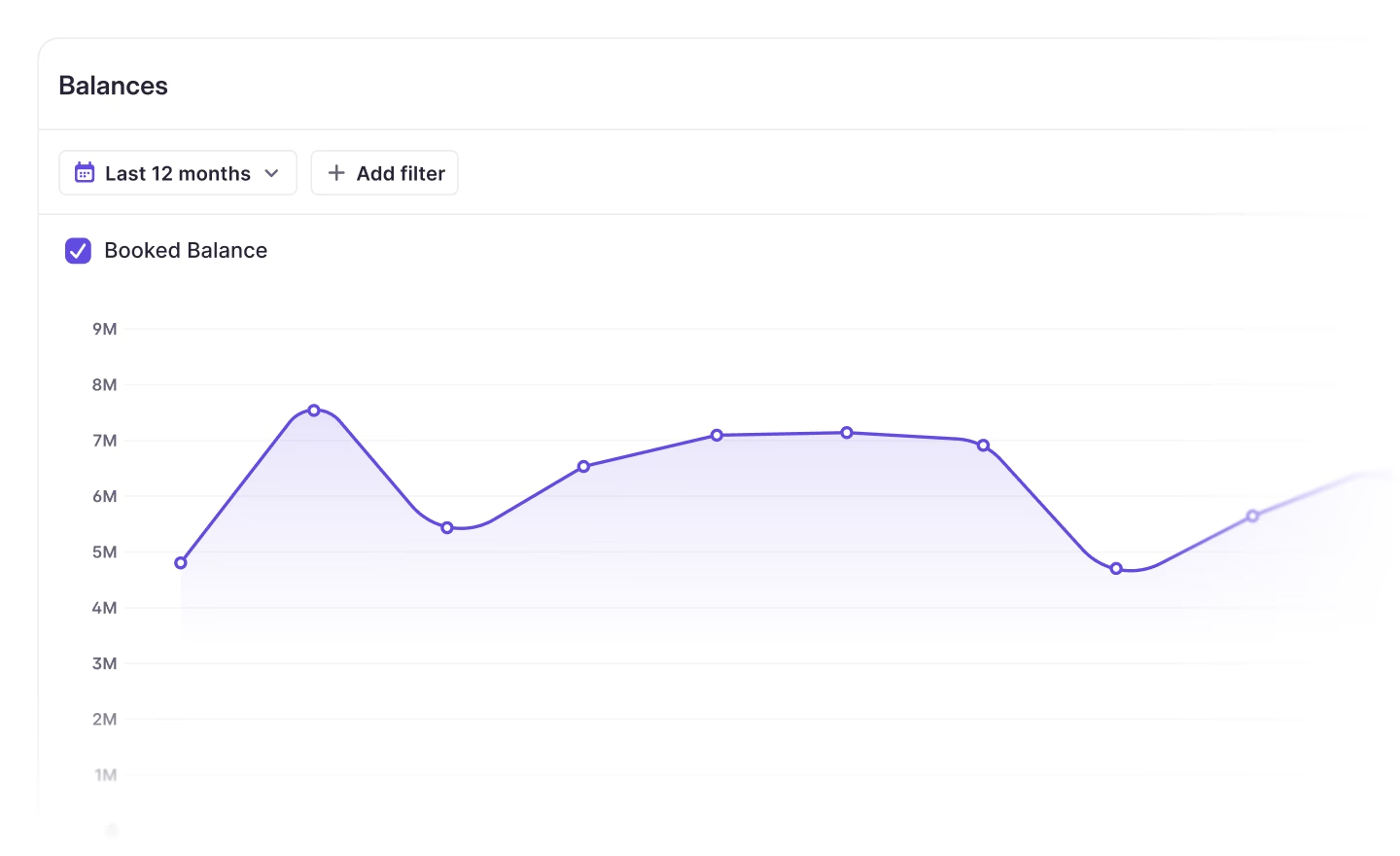What is cash positioning?
Cash positioning involves assessing a company's current liquidity to determine its financial health and the immediate availability of funds.

Introduction to cash positioning
Cash positioning involves assessing a company's current liquidity to determine its financial state and the availability of funds for short-term obligations. It seeks to answer questions like, "How much could the business afford if faced with an unexpected large expense?" and "Does the business have any surplus cash that could be utilized?"
Cash positioning tells you a company's financial status at a specific moment. It's about determining how much money the company has, where it is located, and how easy it is to access. This process helps you assess whether there are sufficient funds to cover upcoming payments and expenses, as well as identify any surplus.
In terms of the process, determining your cash position goes beyond merely checking a bank balance. Establishing a company's cash position requires you to compile and analyze historical cash flow data over a period of time. The cash position tells you how much liquidity, including cash and cash equivalents, the company has at its disposal.
For a deep-dive on this topic, see our guide on what is cash positioning and how you do it.
Cash positioning in practice
Let's consider a basic example of cash positioning in practice. A business starts the month with $10,000 in cash or cash equivalents spread across one or more bank accounts. Throughout the month, the business receives money from sales, investments, or financing, and spends money on salaries, operational costs, debts, or liabilities. With total cash inflows of $5,000 and outflows of $4,000, the company's net cash flow is $1,000. By the end of the month, the company's new cash position is $11,000.
While this seems simple, manually collecting the necessary data can be challenging. Imagine an organization consisting of several business entities, with multiple bank accounts spread out across various countries. The company may also have relevant cash flow data held in payment platforms, ERP systems, and expense management tools.
The complexity increases when considering a company's overall liquidity position, which includes various liquid assets, anticipated inflows and outflows, and pending transactions. Manually performing cash positioning involves gathering, analyzing, and verifying all this cash flow data to determine a company's current cash position.
Breaking down a company's cash position
A cash position is the amount of liquid assets (cash and cash equivalents) that a company has available. It is a key business metric and is commonly used in relation to a company’s liabilities, or the short-term financial obligations it needs to pay. For more detail on how to calculate a company's cash position, see this step-by-step process.
Assets and liabilities
A company’s cash position includes the balances it holds in its bank accounts, any physical money (coins and banknotes), and other liquid assets that can easily be converted to cash.
Examples of current assets:
- Cash balances in bank accounts
- Physical cash (if applicable)
- Cash in savings accounts and certificates of deposit
- Accounts receivable
- Short-term financial instruments (treasury bills, money market funds, marketable securities)
Comparing your cash position to your liabilities is a logical next step because this is what gives you the clearest picture of your company’s current finances and where your money should be allocated in the short term. When incorporating liabilities into a company’s cash position, the focus is on the most immediate financial obligations.
Examples of current liabilities:
- Salaries payable
- Accounts payable
- Credit card debt and other short-term credit lines
- The portion of long-term debt expected to be repaid
- Accrued expenses
Cash positioning versus cash flow forecasting
Cash flow forecasting and cash positioning can be thought of as two sides of the same coin. A forecast seeks to predict how much cash a company will have in the future, while cash positioning is backward-looking and establishes how much cash you have in the present.
Cash positioning involves compiling historical cash flow data over a period of time in order to understand a company’s cash position in the present. This gives you the starting point from which you can then forecast the effect that future cash inflows and outflows will have on a company’s finances.

How Atlar can help with cash positioning
In order to manage cash effectively, treasury teams often aim to track their company’s cash position on a daily or weekly basis. Doing this manually means sifting through large amounts of data, often spread over multiple systems. It's a time-intensive task that can easily consume several hours for multiple team members – and it's susceptible to human error.
Modern treasury platforms like Atlar offer cash management tooling that automates manual cash positioning tasks, enabling treasury teams to focus on initiatives that actually improve a company’s cash position, rather than simply calculating it. You can learn more about Atlar's robust cash positioning features on our website, or request a 30-minute demo with the team.
You can unsubscribe anytime.
Further reading
See Atlar in action.
Enter your work email to watch a live product demo.


